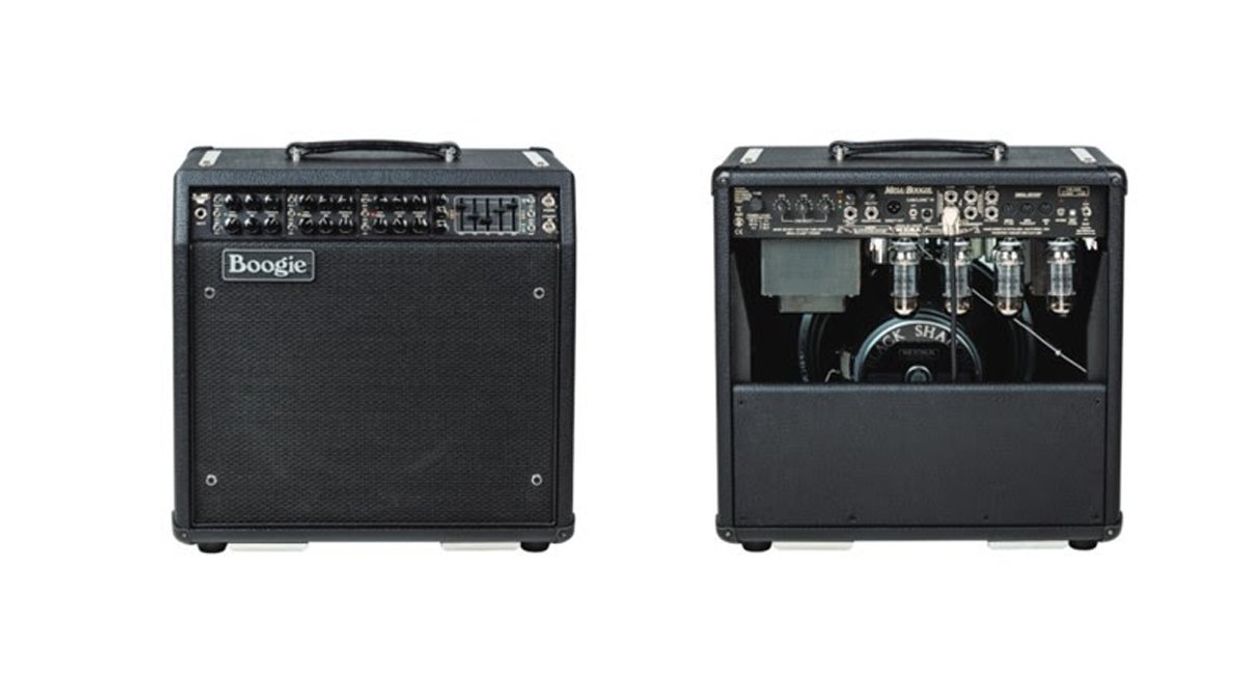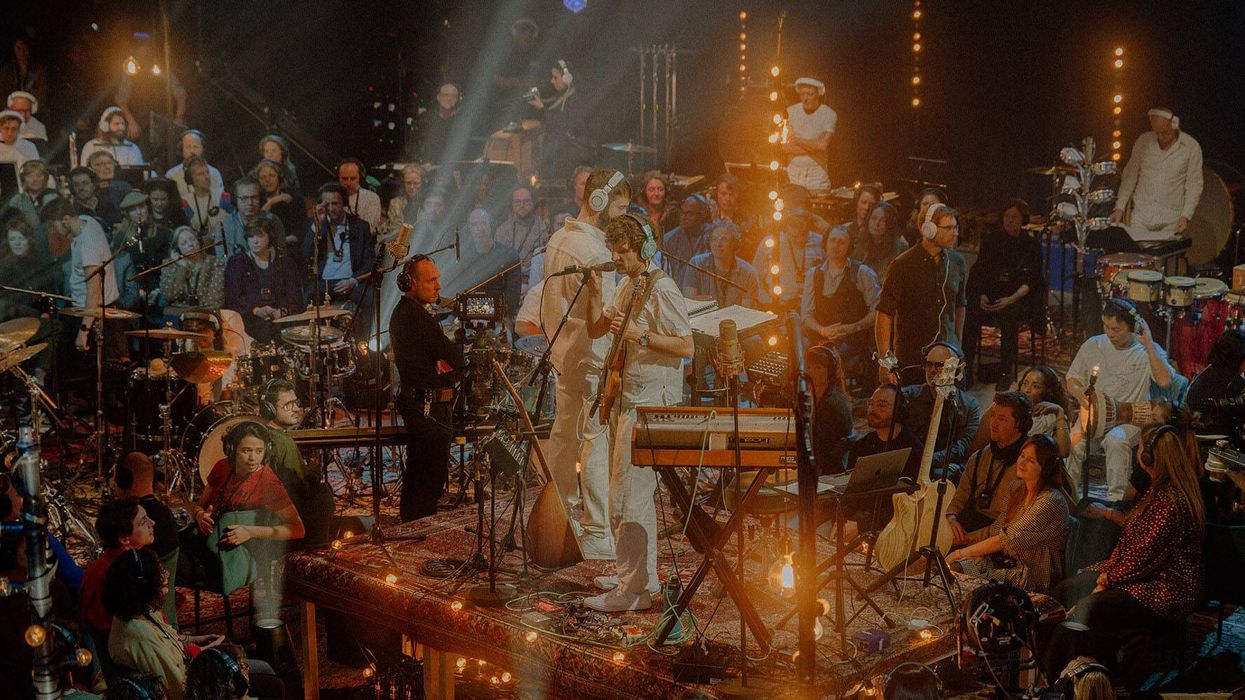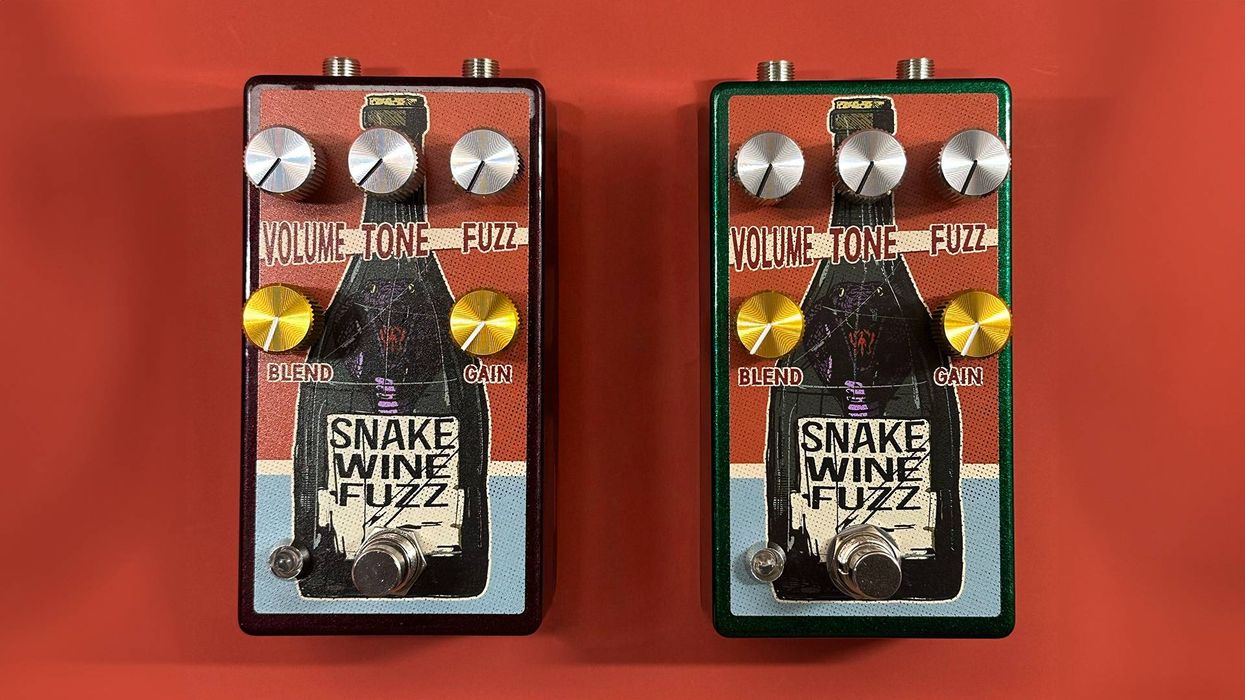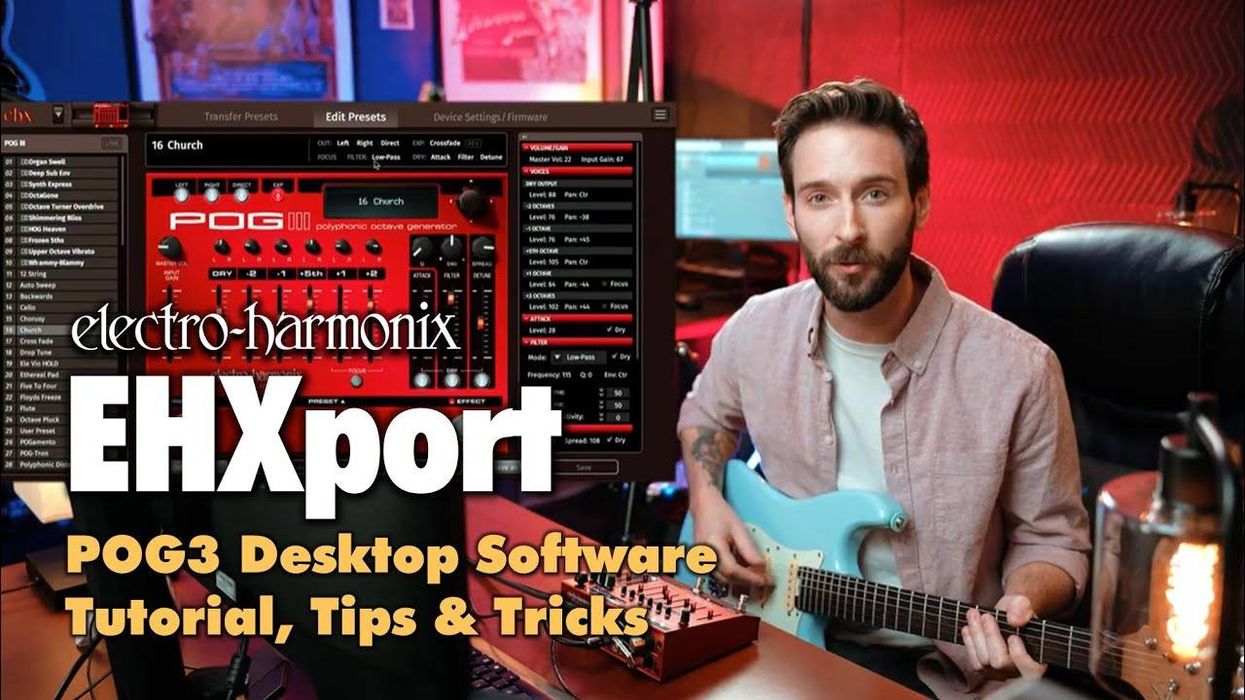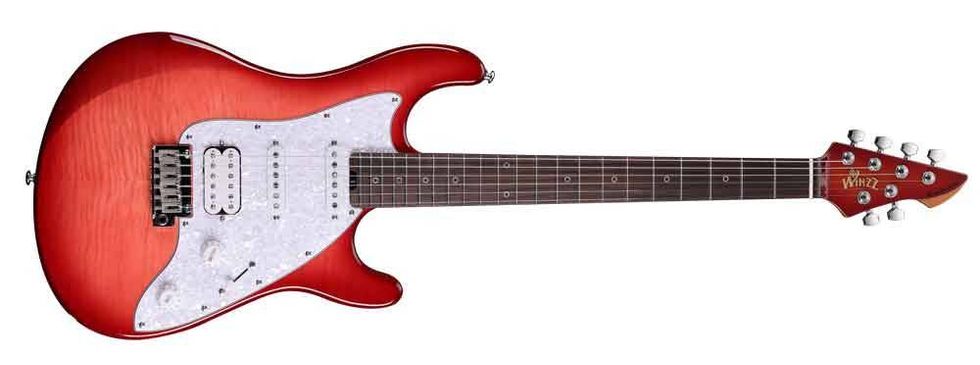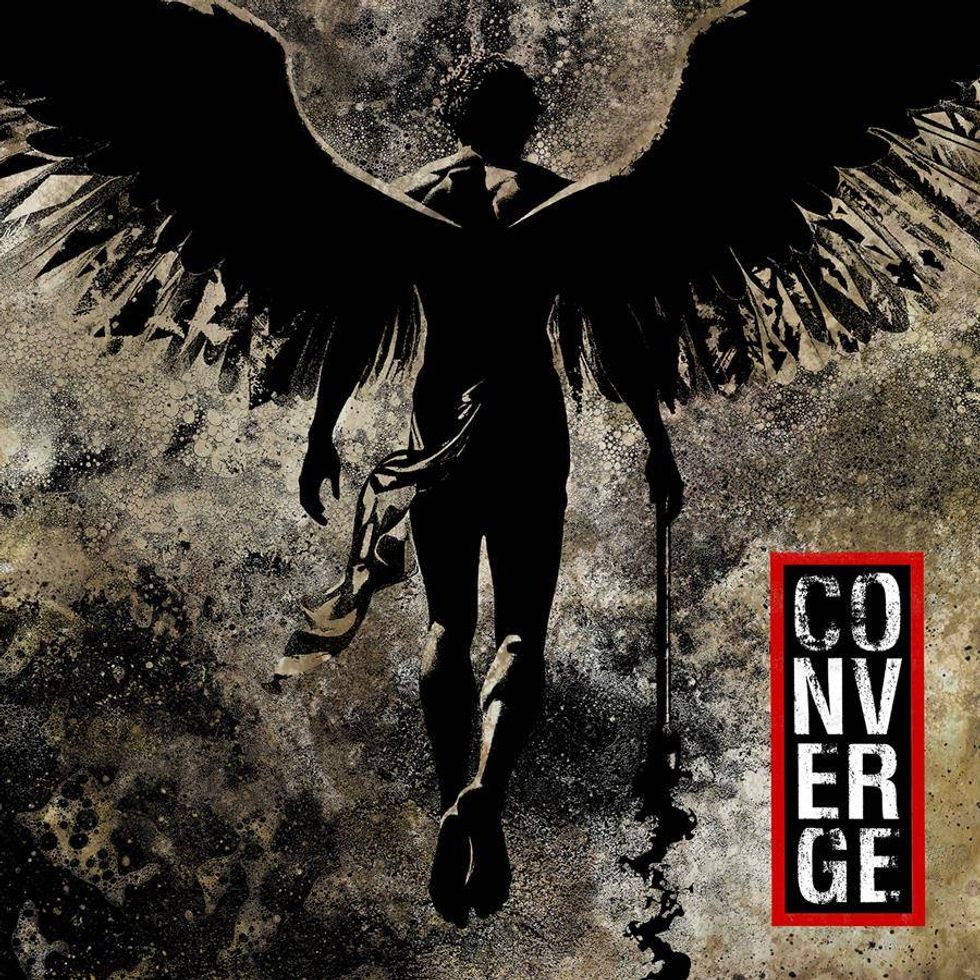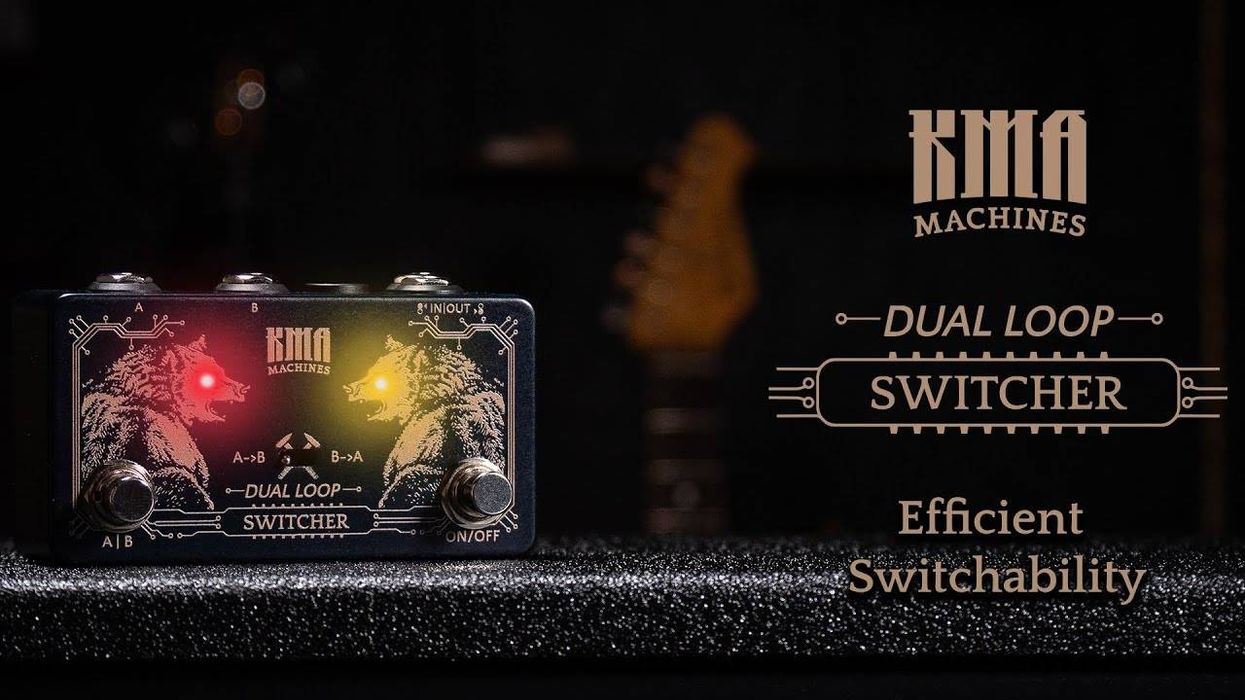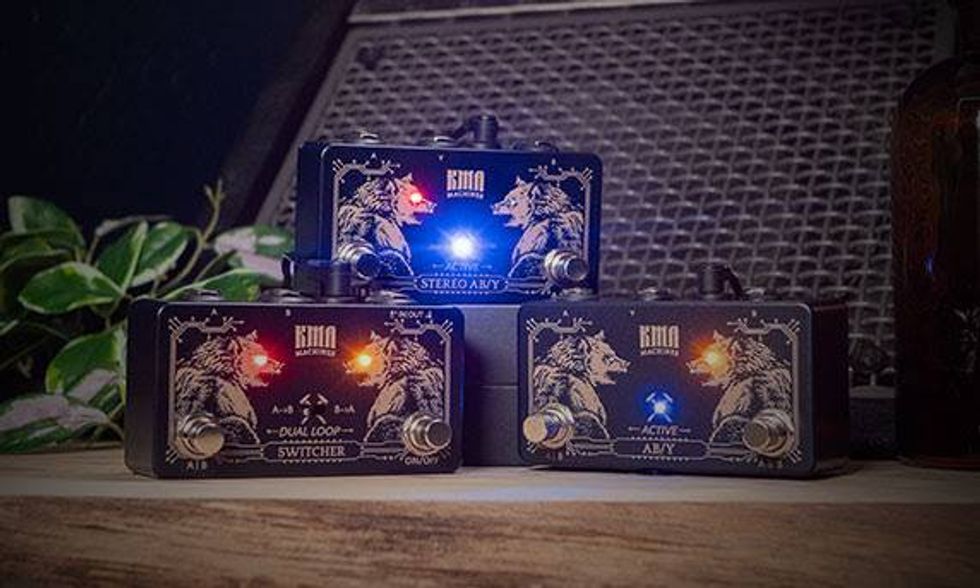The new MARK VII is designed to offer the simplest, most versatile, and smallest 90-watt Mark series amplifier ever.
The MARK VII is the Magnum Opus, the flagship of Randall Smith’s 50+ year career in one visionary amp design. The new MARK VII takes the knowledge, history, innovation, and performance and distills it into the simplest, most versatile, and smallest 90-watt Mark series amplifier ever. The 3 Channel, 9 Model Preamp, coupled with our legendary Simul-Class Power section that offers three distinct characters across its three wattage ranges, creates a new MARK icon in terms of adaptability, soulful tube tone, and magic. Joined by iconic features that put Boogies at the top of every player’s dream list, such as on-board Graphic EQ, lush reverb, a seamless effects loop, and innovative power switching, the MARK VII features a CabClone IR™ DI Direct Interface. With identical features and great sounding IRs from our standalone Cab Clone IR, this built-in version allows individual assignment of 8 Rectifier Boogie Cabinets per channel for unmatched tunability of direct sounds.
The long-awaited “Simul-Seven,” aka the new MARK VII, leapfrogs its predecessor, the Mark Five, and the secret Mark Six prototype to arrive at the most power-packed Boogie Mark model ever created in terms of tone, flexibility, compact design, and interfacing. The MARK VII is a do it all tone machine that delivers legendary Mark performance and adds two new sounds. Within the MARK VII’s 3-channel, 9-mode preamp is the iconic circuits of the Mark IIB, Mark IIC+, and Mark IV, the legendary Mark Series Clean, Fat, and Crunch modes, and a new modern high-gain Mode full of character and attitude (more shredding than previous Mark amps and more vocal than a Recto), aptly named MARK VII.
The Mark VII has been a goal of ours and discussed for years, well before joining Gibson, and part of our concentrated R&D efforts since 2016 although under the Mark VI moniker,” says Randall Smith, founder of Mesa/Boogie. “I finished the preliminary great-sounding circuit board in 2018. Refinement continued from that moment on until late ’22 when release preparation began. It became obvious about halfway through the R&D we had a Mark amplifier worth skipping a generational number for. We had leapfrogged our beloved prototype Mark VI mule by such a large margin, it was truly fitting to rename it the Mark VII.
The VII is by far the best amplifier I’ve ever done in terms of good design and editing, our Design Team at MESA is great at that, and it’s created an amplifier that not only contains the best of our entire Boogie history but also manages to do so with a purer signal path and 2 fewer preamp tubes than its predecessor the Mark Five! The first comment players we’ve shared the VII with have made throughout development, is how incredible the Tone is and how they ‘can’t believe an amp with this much going on can sound so pure and legit in all Modes’. The key to that is signal path optimization, the knowledge, and tricks I’ve accumulated over the last 55 years, and near impossible-to-please cohorts here like Doug West, Steve Mueller, and Jim Aschow, who’ve been doing this with me for four decades. I also have to say that Cesar Gueikian at Gibson’s steadfast belief in us and the Mark VII assured at every step it got the highest level of support and priority. At almost 77 now, I still love what I do, pursue it daily, and foresee doing it as long as I can, but I have to say ...after the VII, I’ve been enjoying working on some easier projects, Ha!”
MESA/Boogie Mark VII Demo
The MARK VII offers discerning players analog, all-tube sound, soul, and feel in a smaller more compact, yet more comprehensive package. With a focus on perfecting icons, bringing back beloved classics, and introducing new realms of modern high gain, all while improving the interface and the performance across all mediums, the MARK VII offers inspiration and freedom across all musical styles. The MESA/Boogie MARK VII is now available in Head, 1x12 Combo, and Rackmount Head formats.
For more information, please visit mesaboogie.com.
